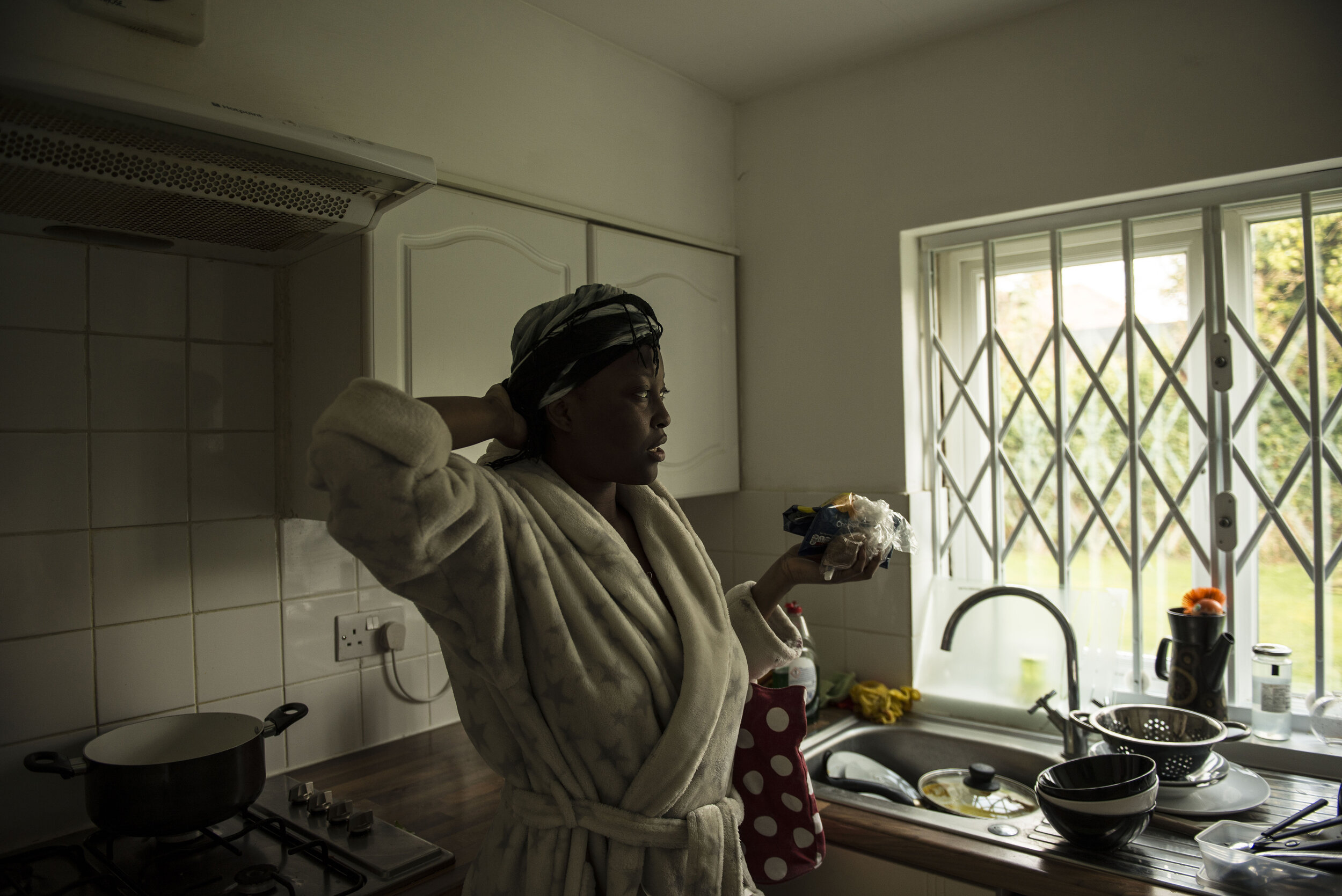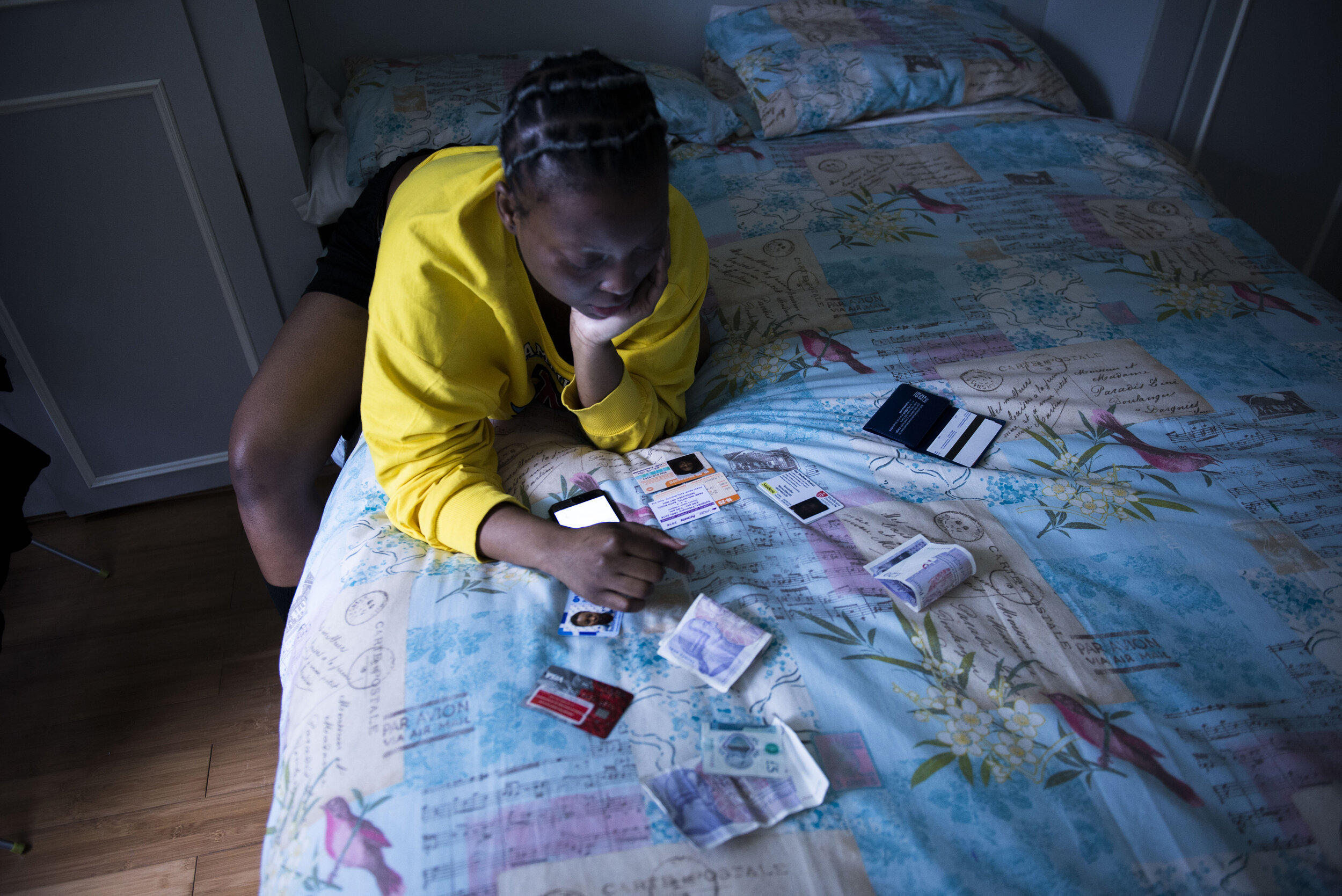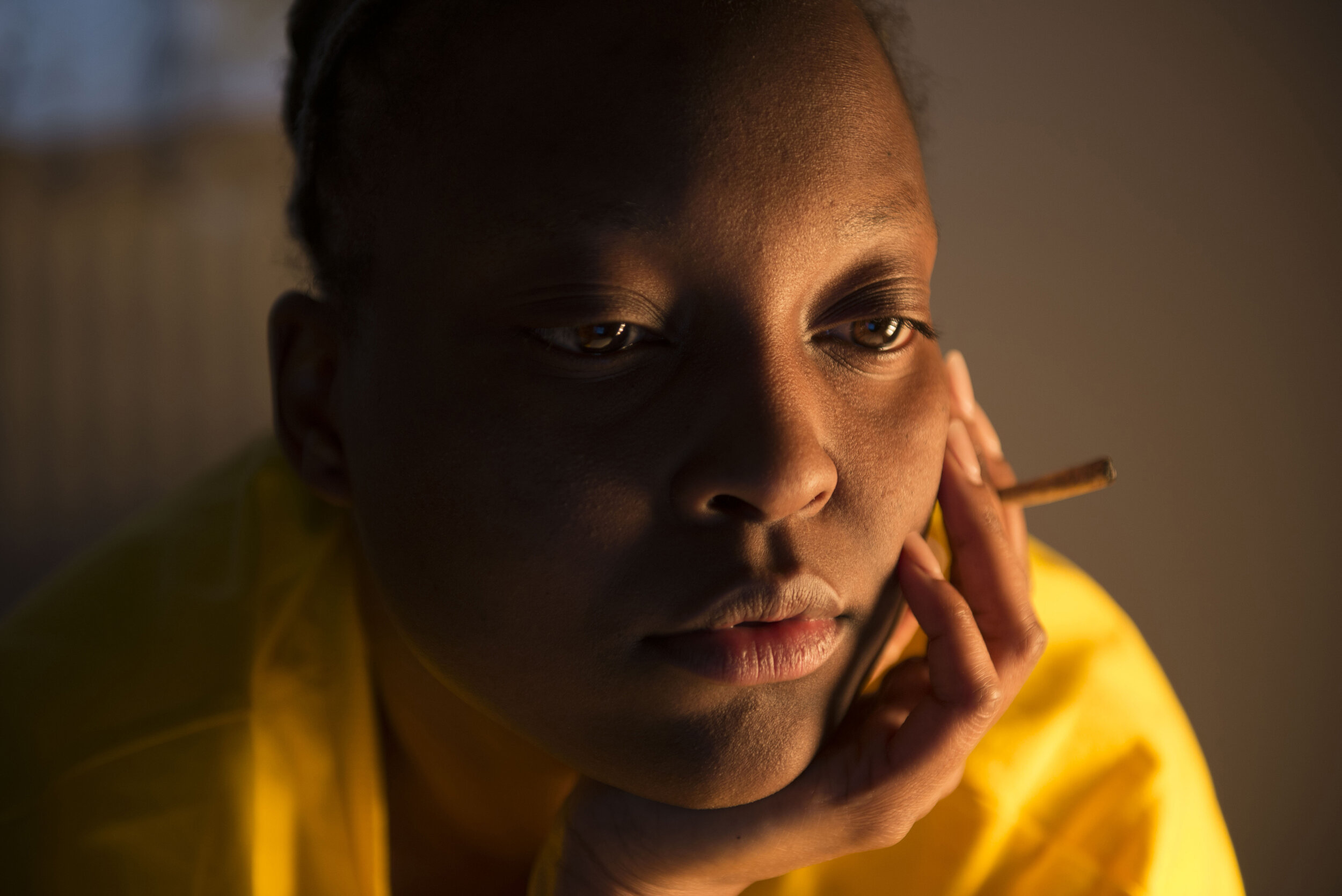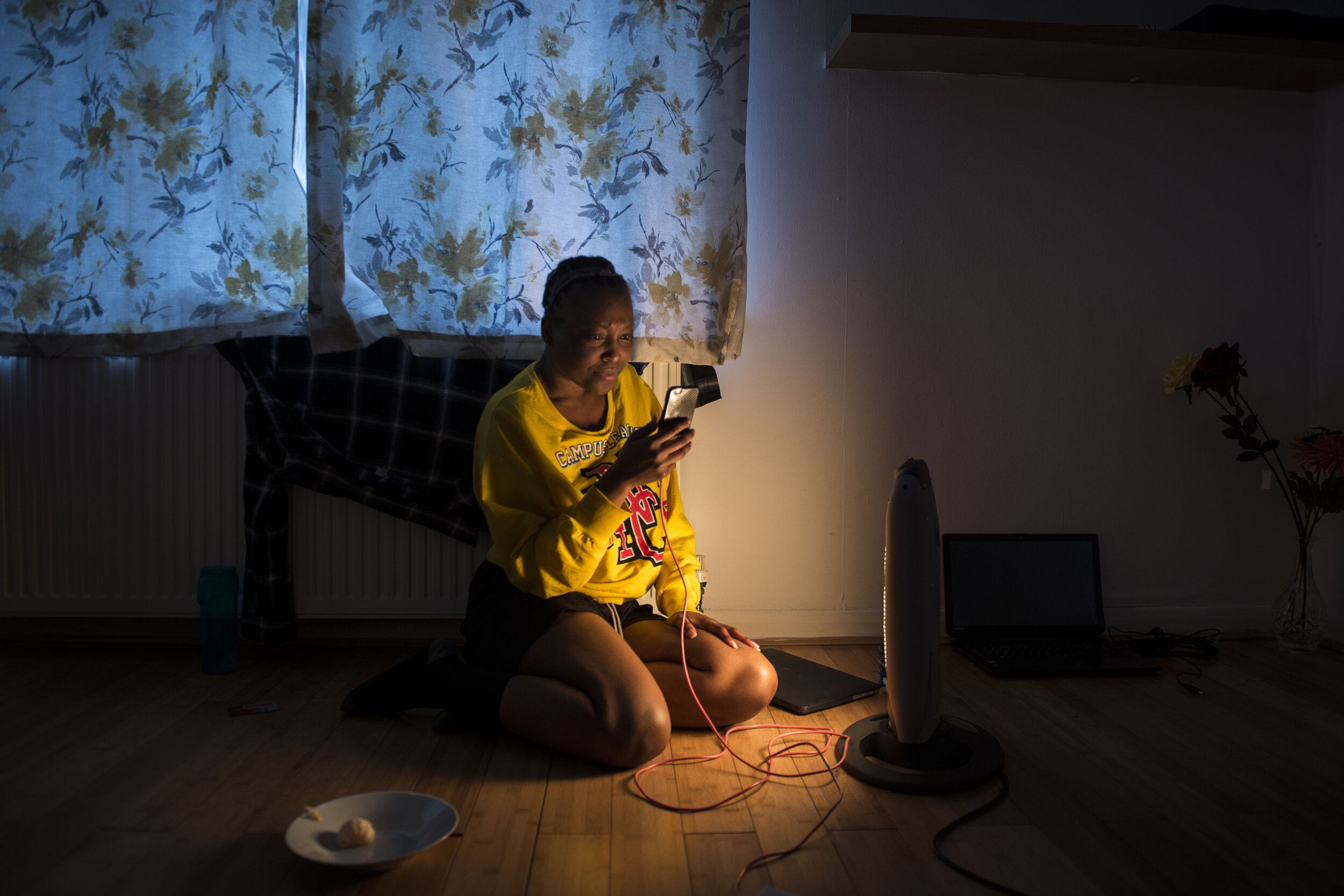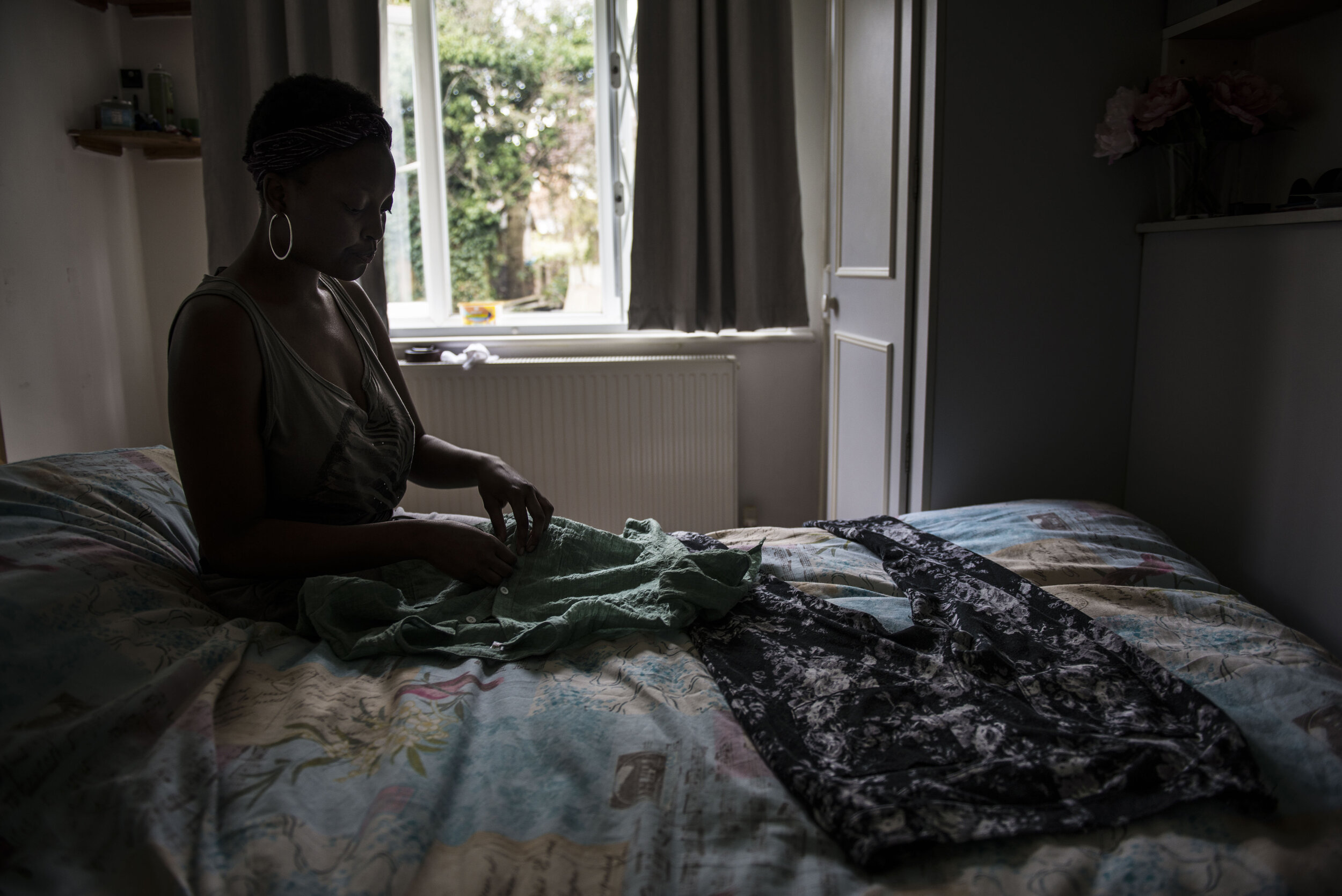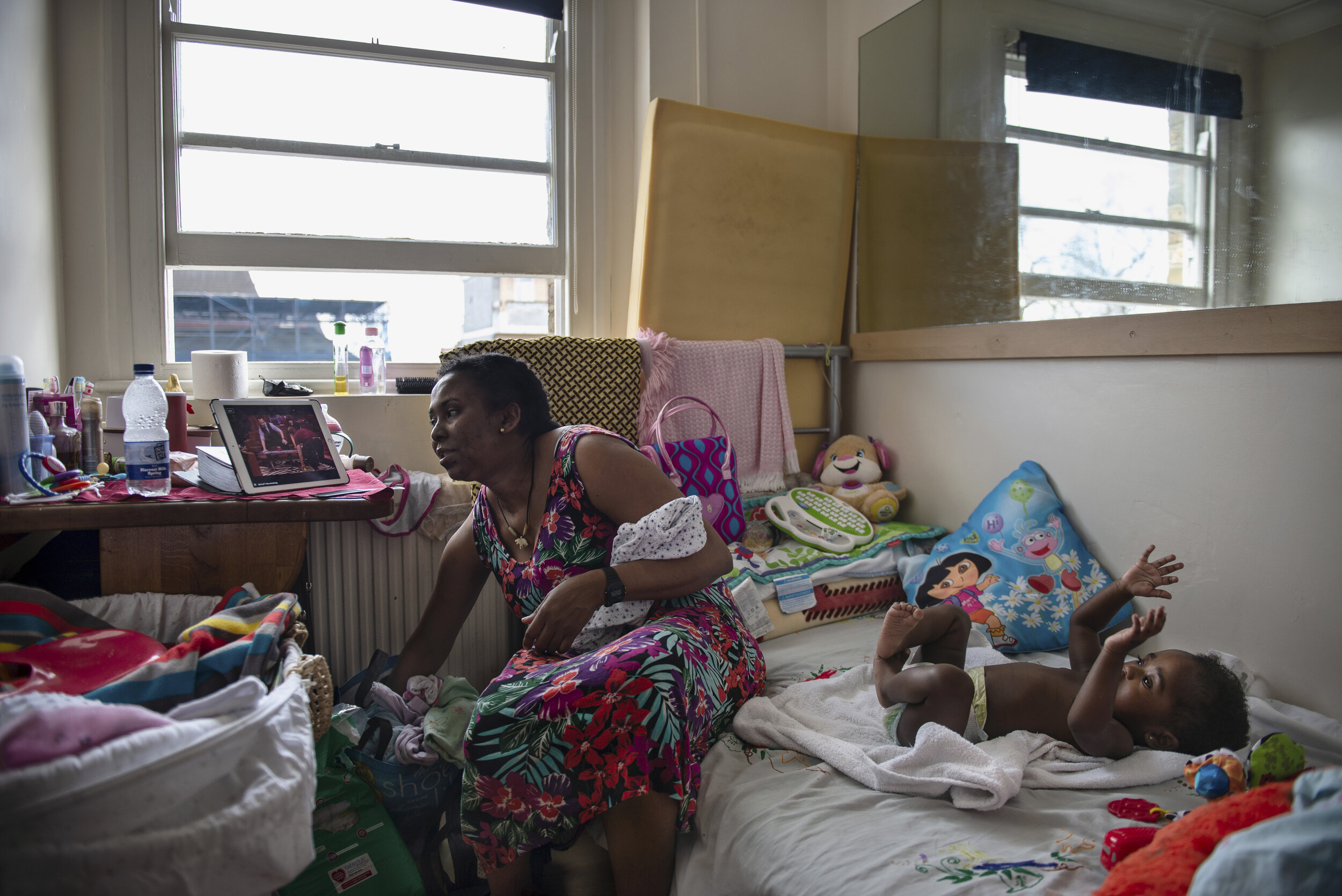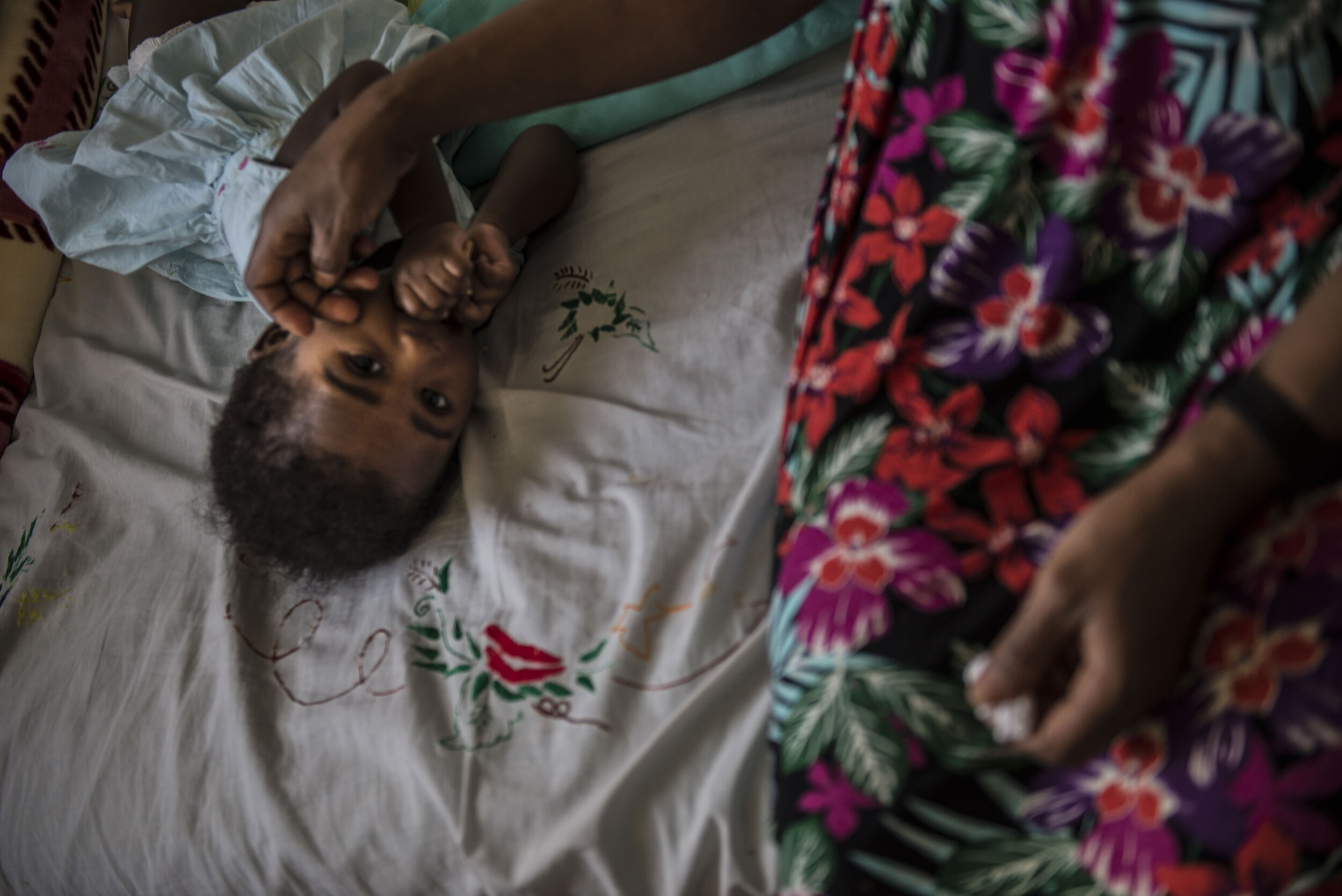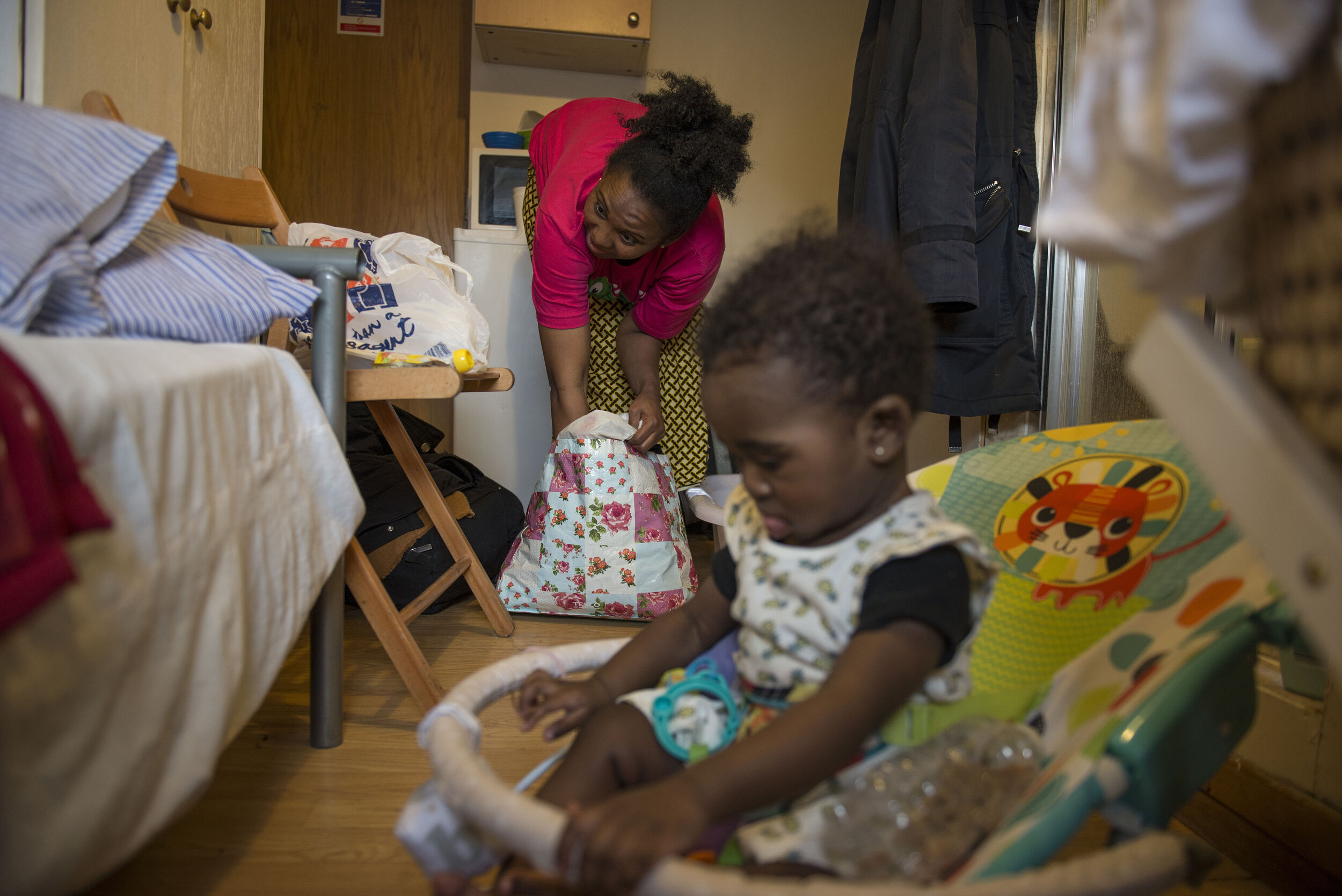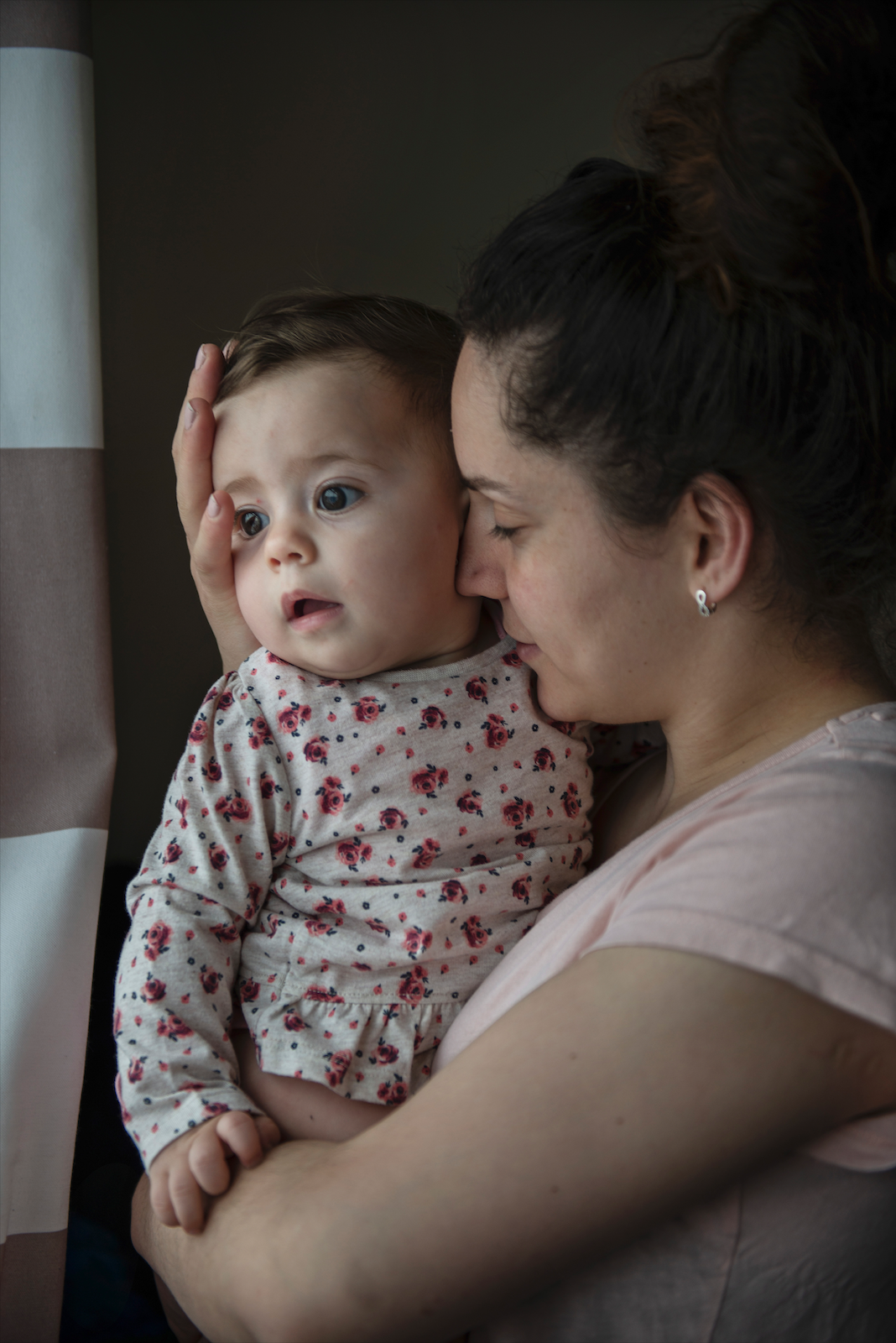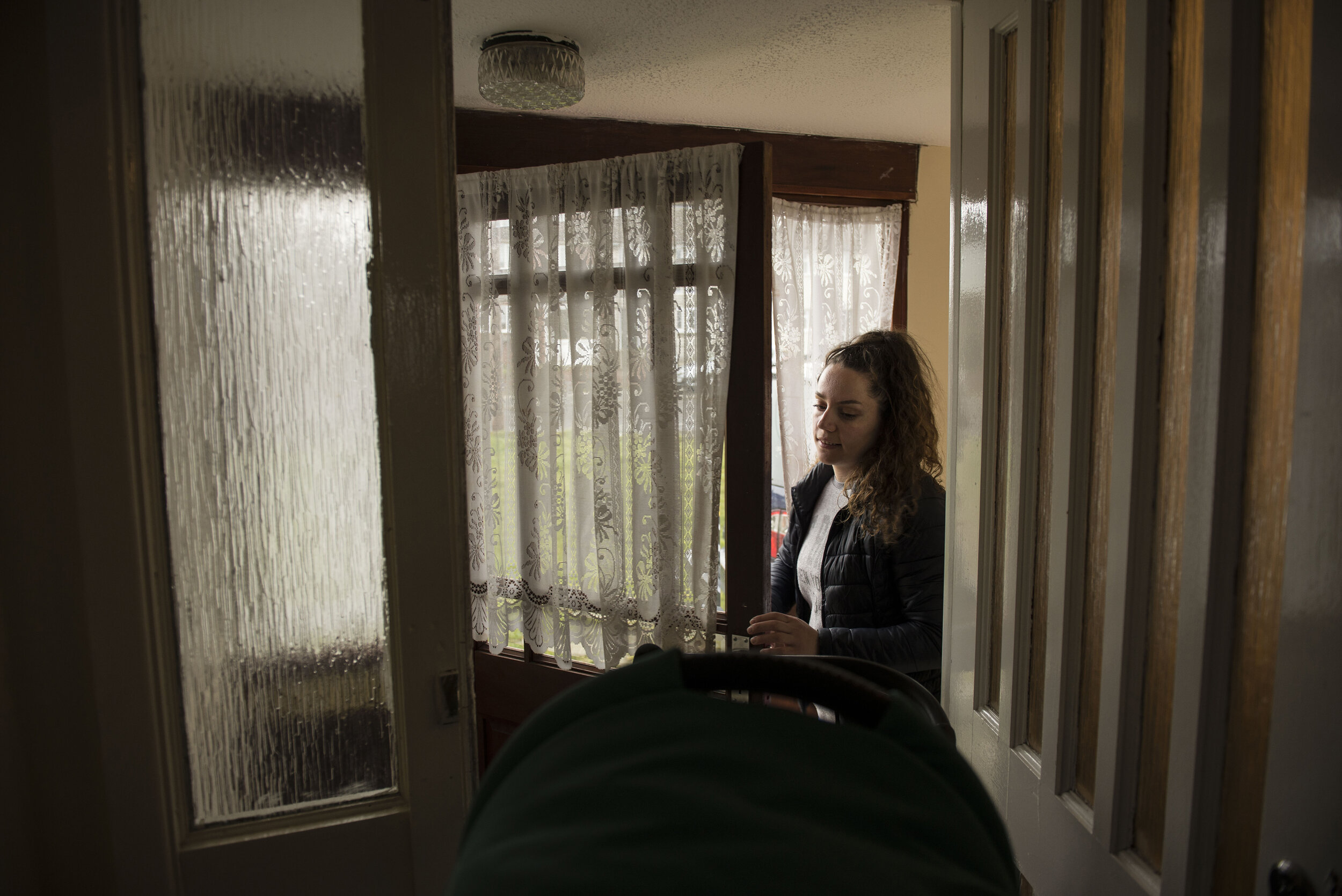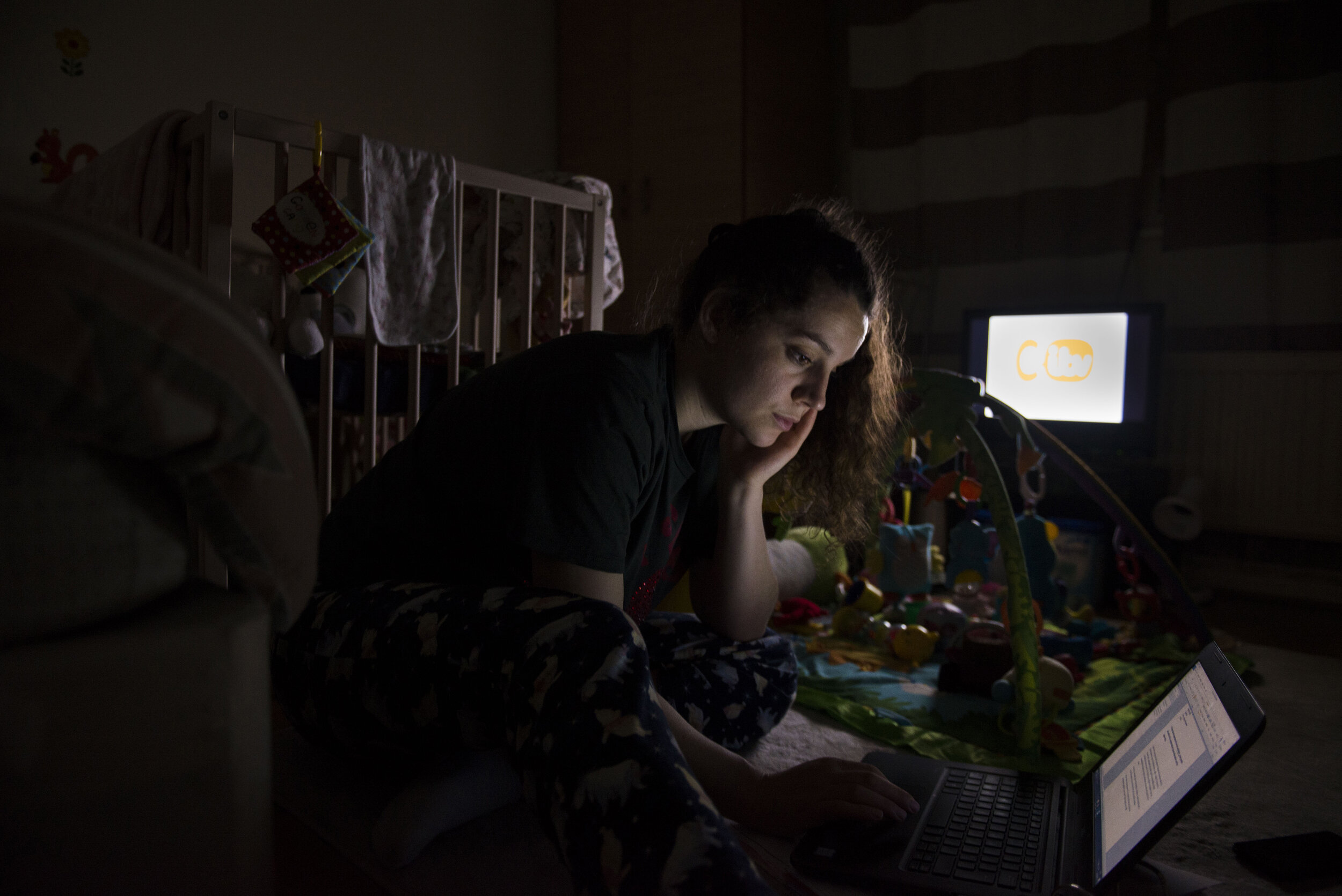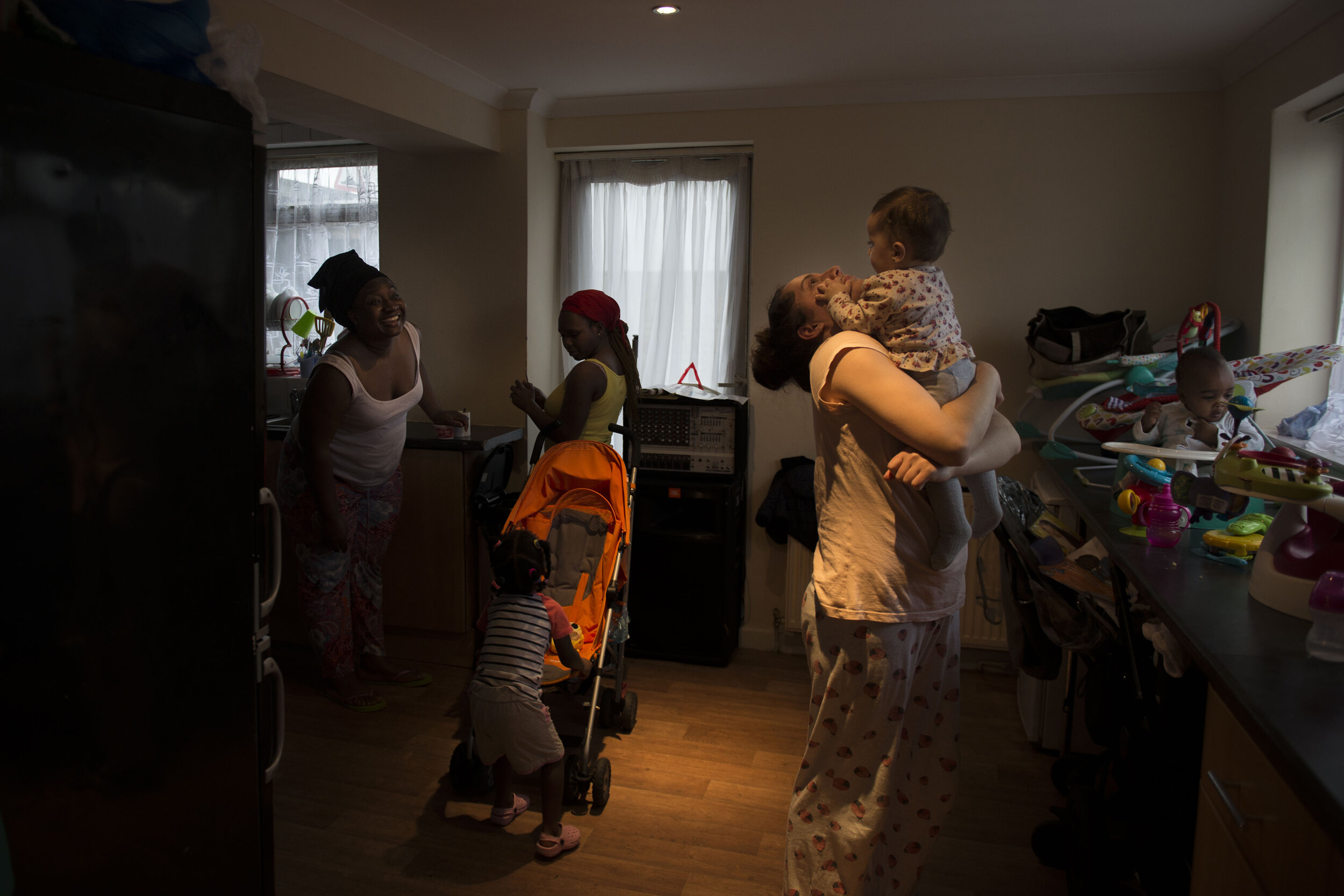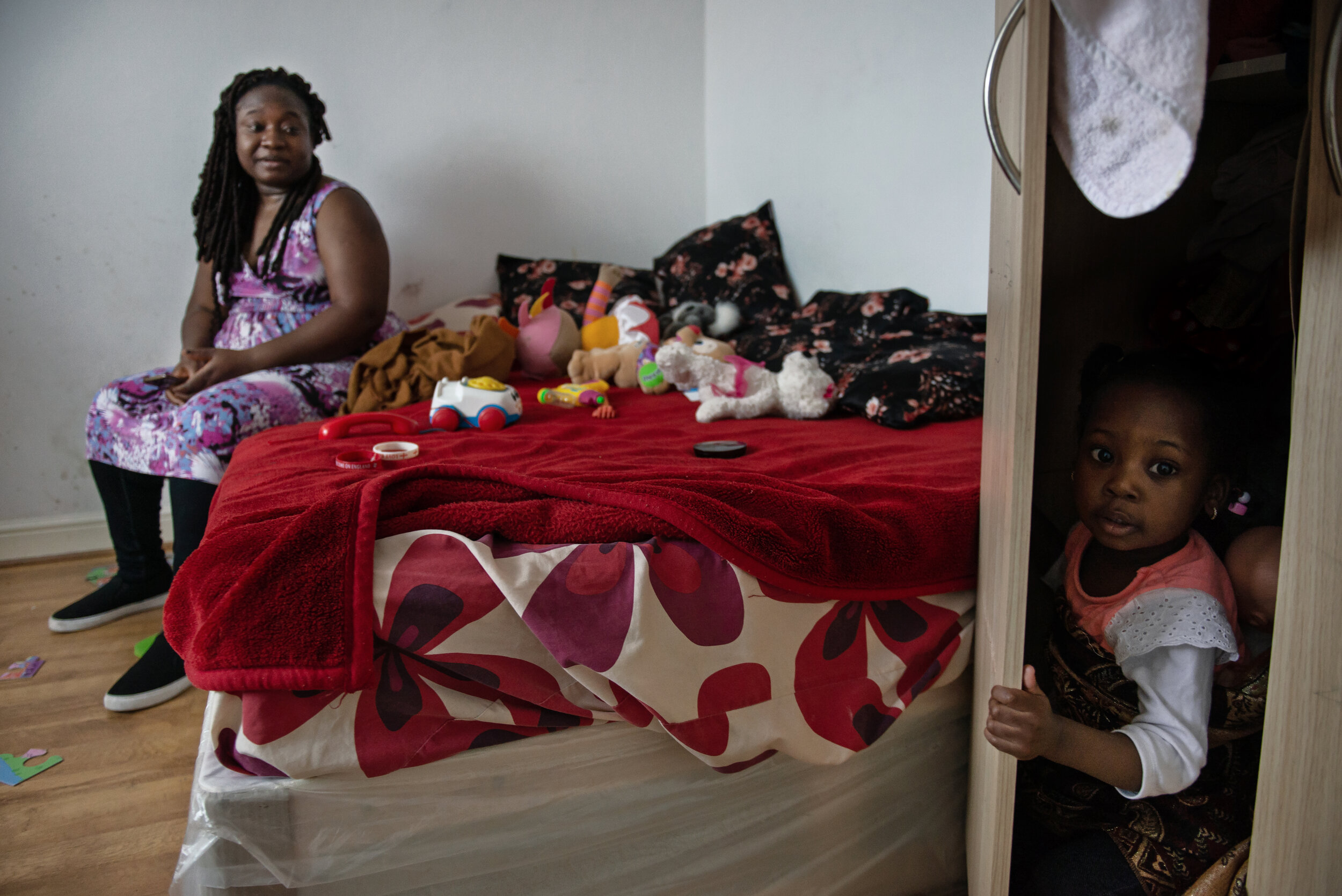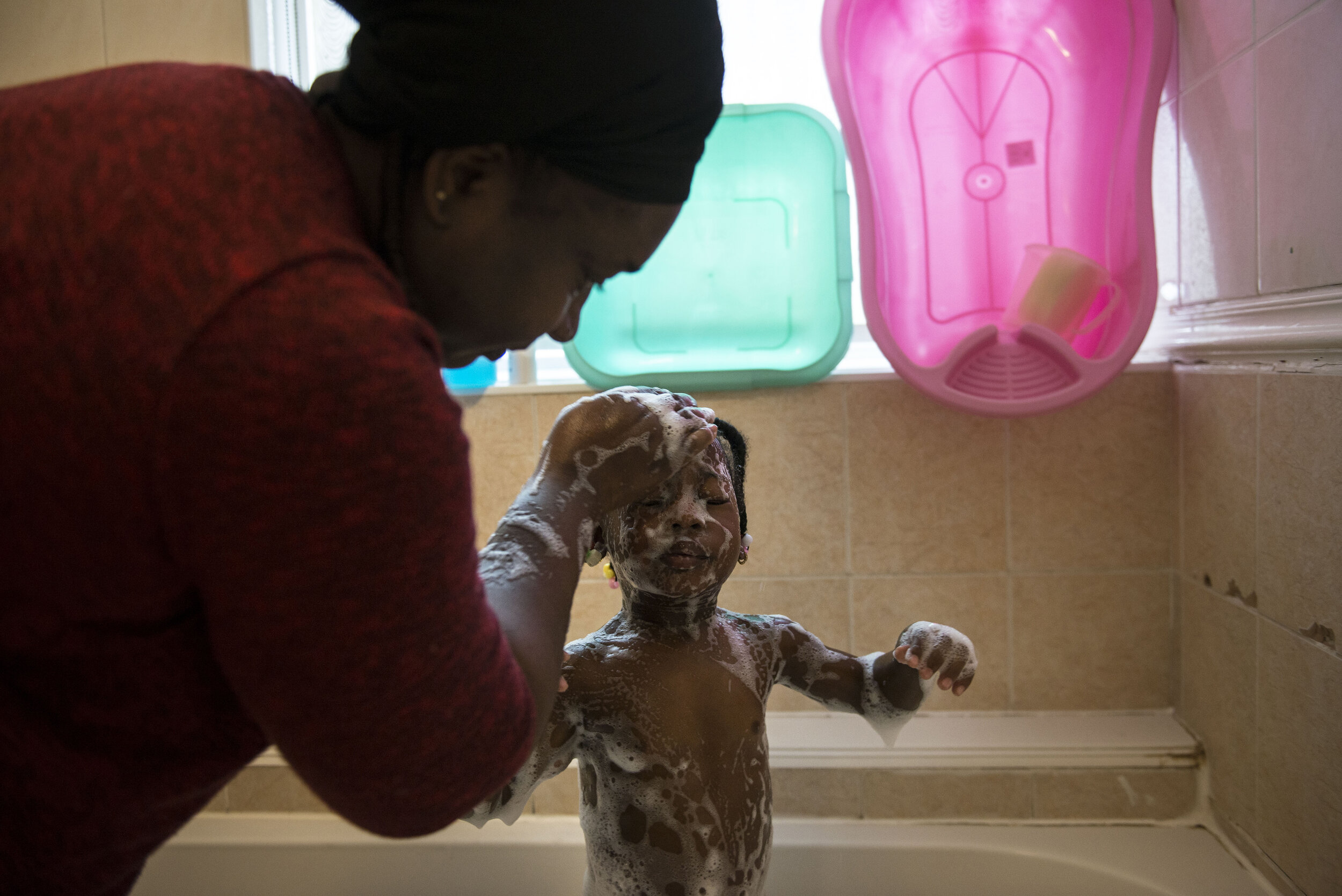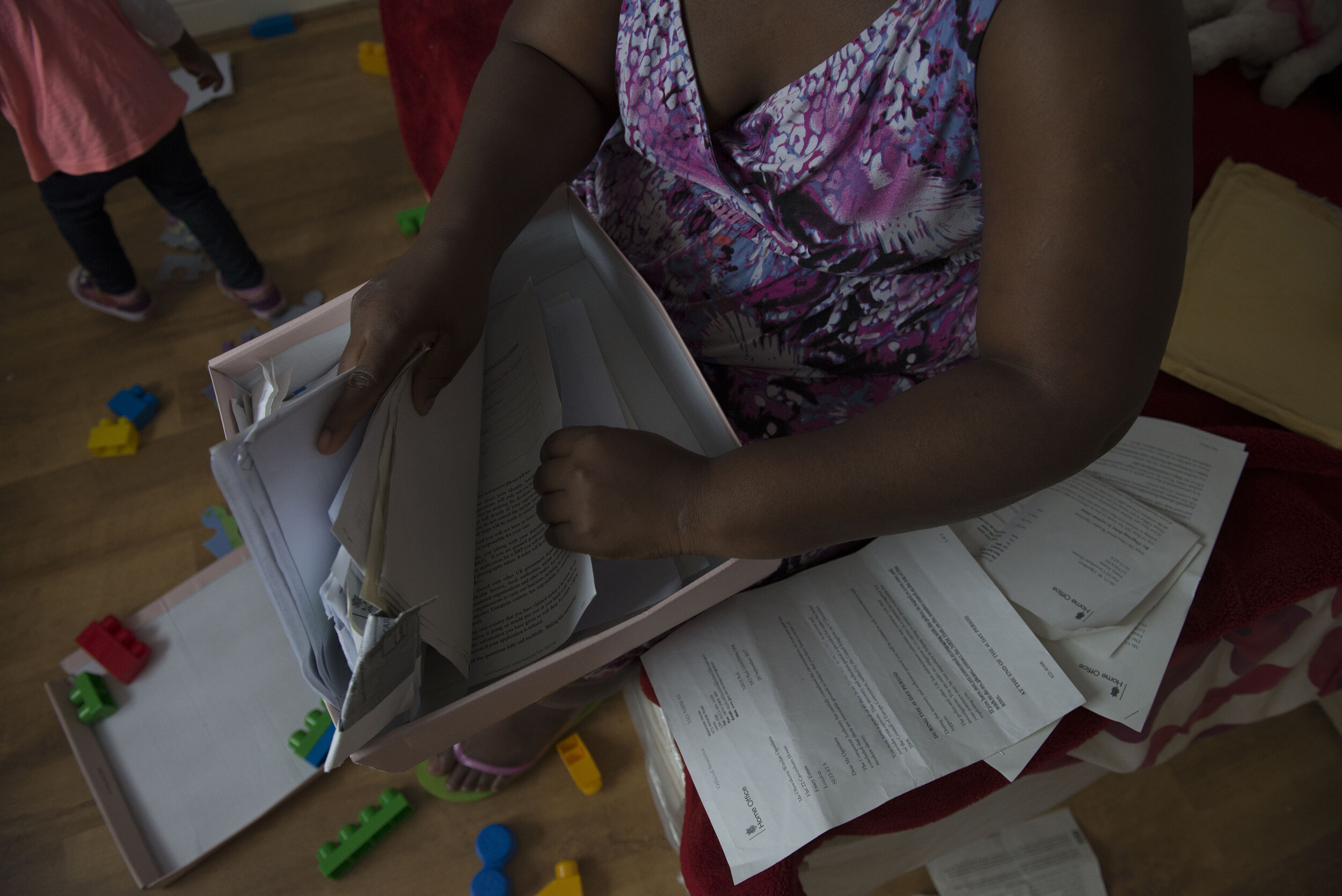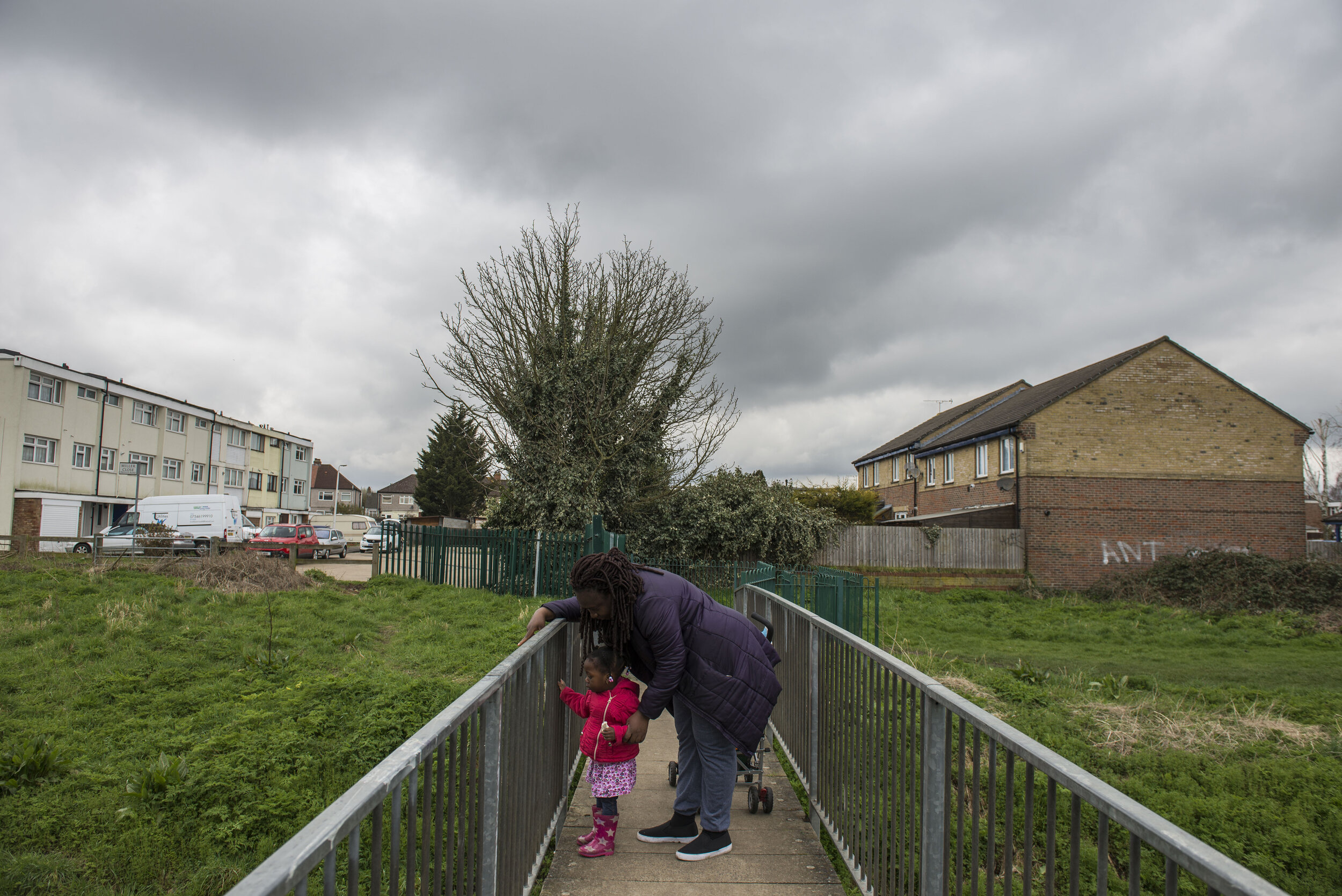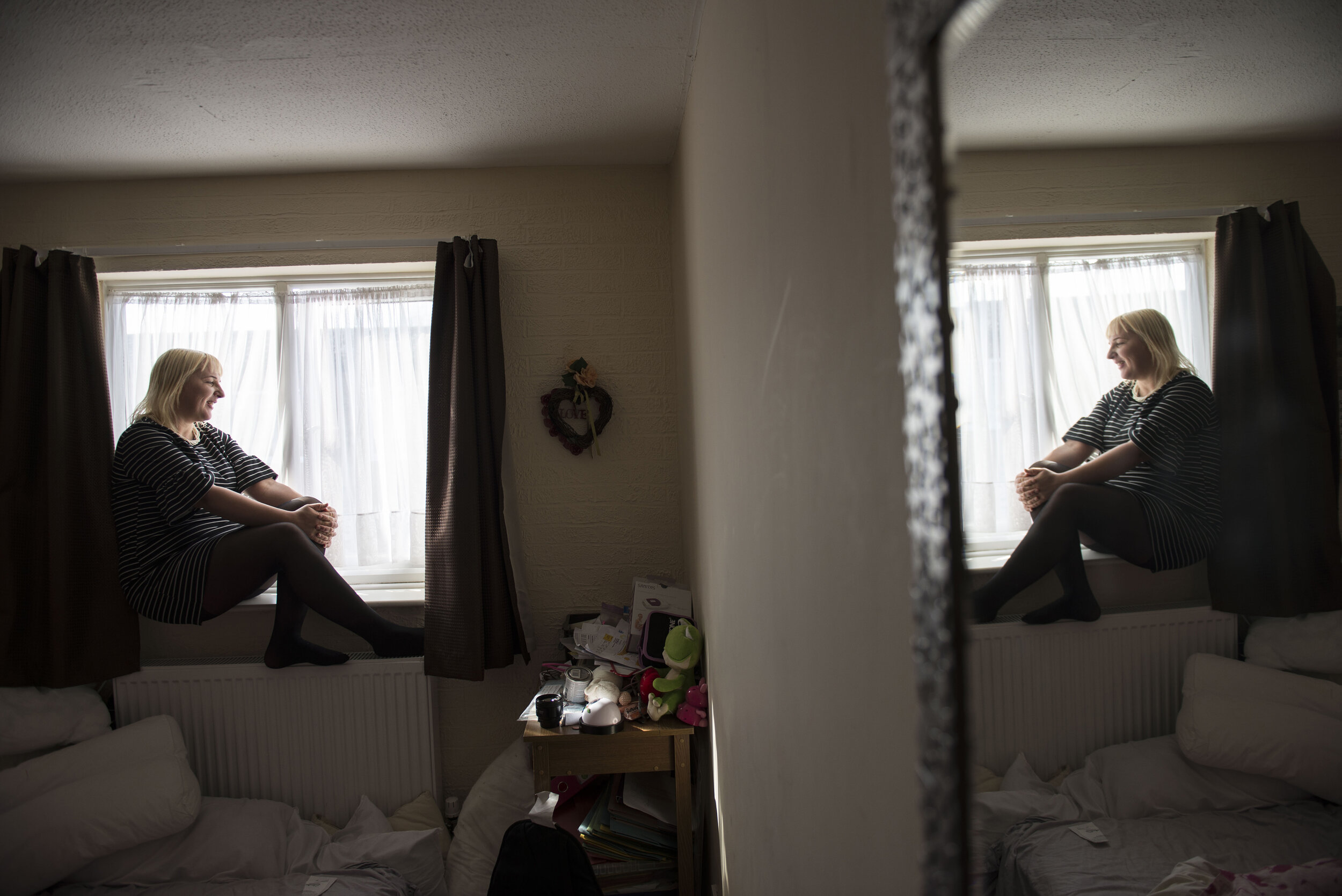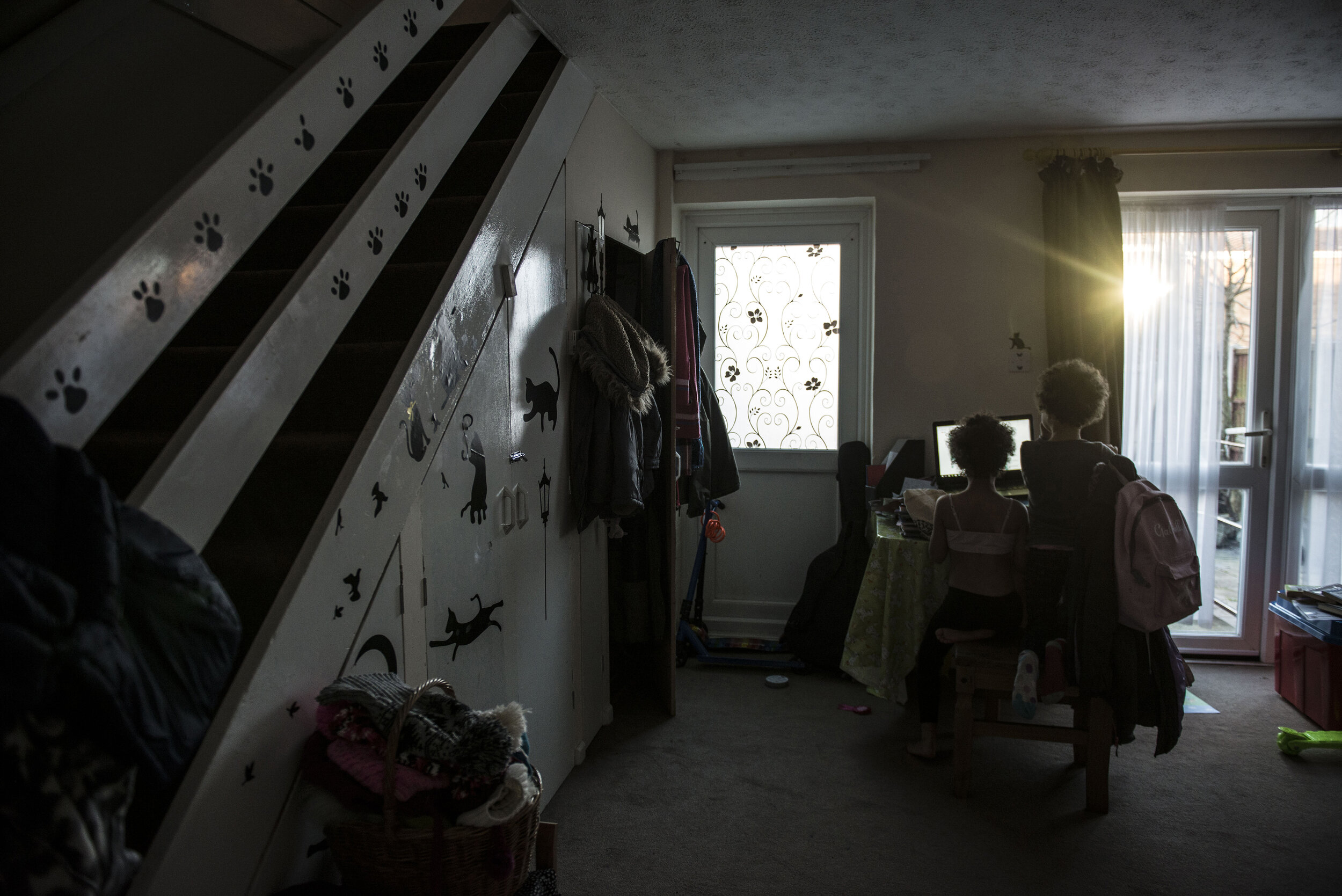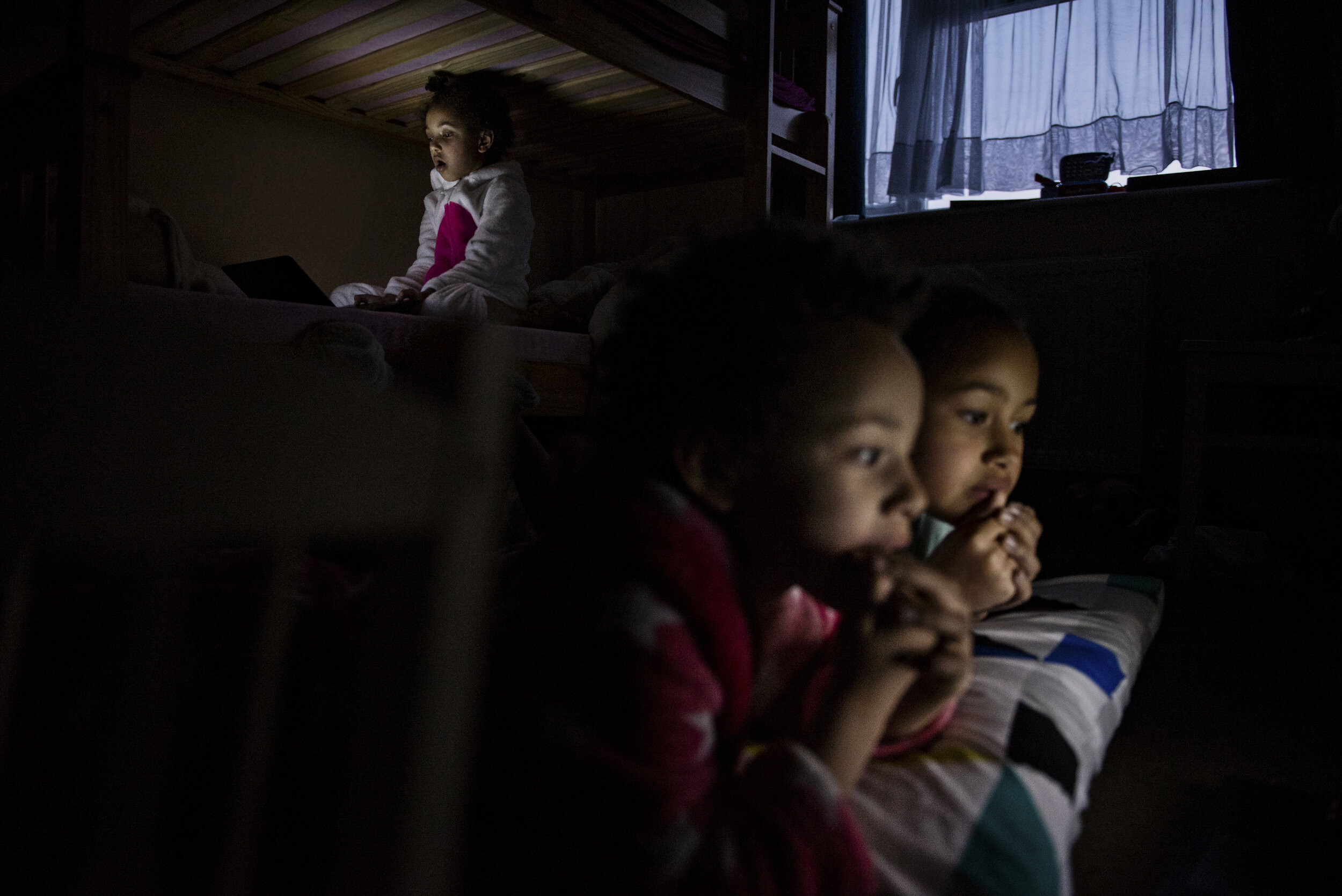
London is one of the wealthiest, most multi- cultural cities in the world, home to
nine million people yet one in every 59 are homeless. The number of people in
temporary accommodation has grown by 61% since 2010 and 37% since 2014.
Since ‘the right to buy’ scheme has been implemented there has been an increase in the number of private investors, purchasing a vast quantity of social houses. Due to this, councils have struggled to find permanent accommodation for those who have lost their home and they offer ‘temporary’ solution.
Temporary accommodations such as B&B, hostels, hotels and shared accommodation are meant to be an interim solution while residents wait for more long term, stable housing.
Therefore, it is not uncommon for tenants to be stuck in unsafe and overcrowded conditions for years.
Individuals facing homelessness are often severely traumatized. To add to this, the UK’s dysfunctional and unstable housing system takes vulnerable individuals and moves them from one unstable home to another. This vicious cycle can cause serious mental health issues in both adults and children.
The book “I make a home where I live ‘ takes you on a journey where stability and safety are a rare
privilege, not a right, an extraordinary concession, which you are expected to be grateful for.
Through a series of photographs combined with interviews, I focused on the challenges people in temporary accommodation are faced with on a daily basis. I explored how these temporary solutions can be a reason for despair, yet it can also represent a place to feel ‘safe’, a place to re-start life.
It is crucial to understand that give a house to those who don’t have it, it is an investment, not a cost.
This photographic work wants to document the many routes taken to homelessness, as well as showing the faces, the emotions, and the stories that are hidden behind numbers and statistics. These are humans.
This reportage focuses on the story of five women. Each one of them with a distinctive story,

